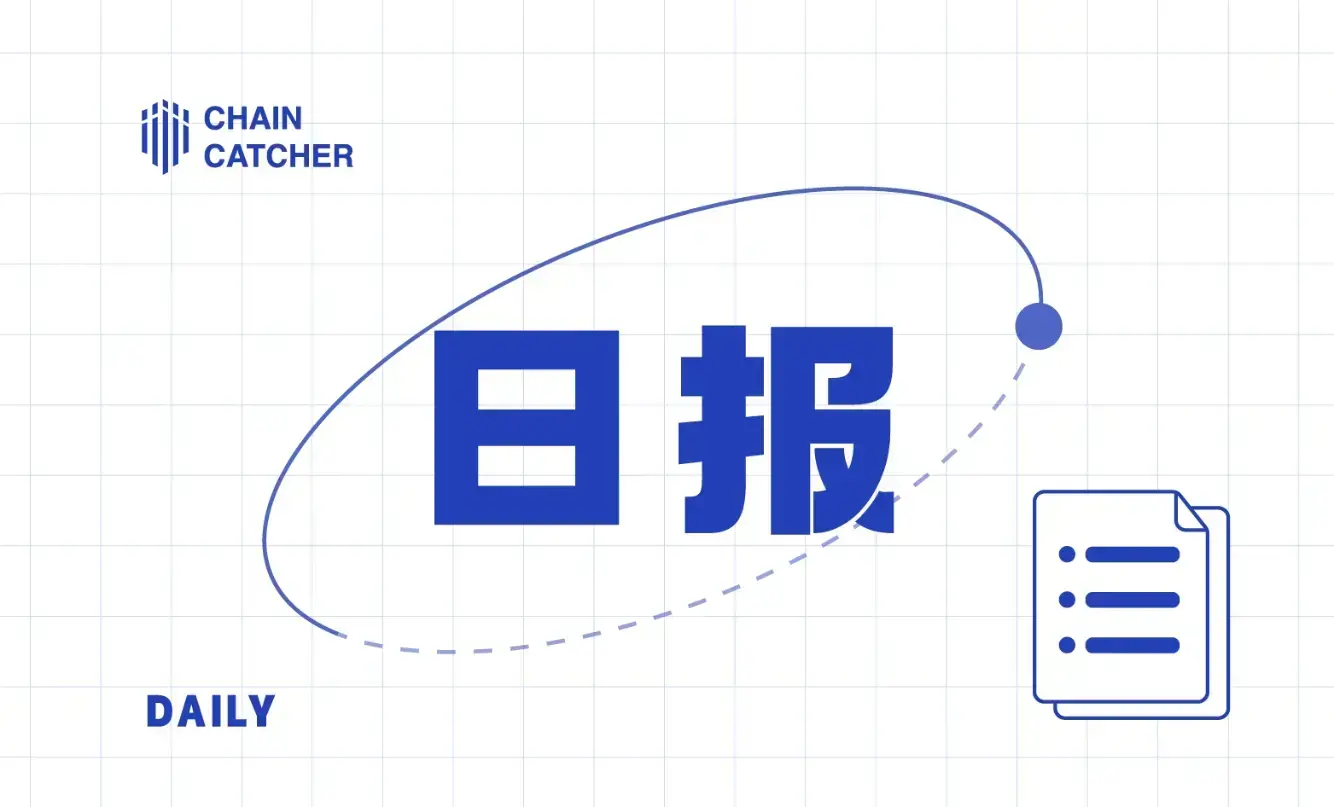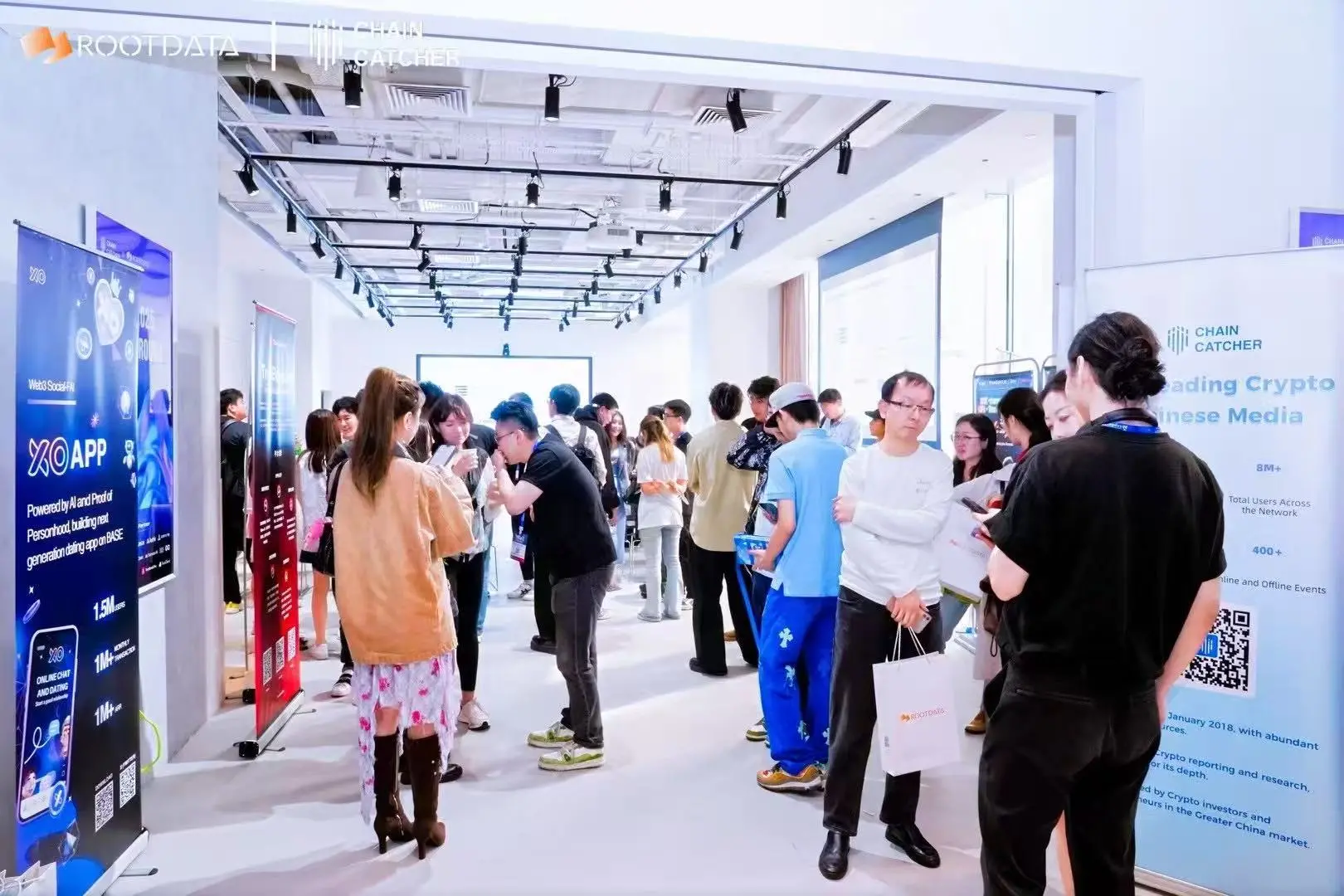Data analysis: How much does Raydium rely on pump.fun?
Author: Azum, Odaily Planet Daily
The mainstream DEX protocol Raydium (RAY) on Solana plummeted today, with the direct trigger being that pump.fun seems to be testing its own AMM liquidity pool. The market speculates that this move may lead to future pump.fun tokens not being built on Raydium after exiting the "internal market," but instead being directly siphoned into the pump.fun protocol, resulting in a shrinkage of Raydium's trading volume and a corresponding reduction in income and buyback scale.
The Logic Behind RAY's Decline (Readers familiar with the relevant logic can skip this)
Let's briefly outline the relationship between Raydium and pump.fun.
As the most mainstream meme token launchpad platform on Solana, the token issuance of pump.fun goes through two stages: "internal market" and "external market." After the token is issued, it will first enter the "internal market" trading phase, which relies on the pump.fun protocol's own Bonding Curve for matching. Once the trading volume reaches $69,000, it will enter the "external market" trading phase, at which point liquidity will migrate to Raydium, where a pool will be created on this DEX and trading will continue.
Next, let's look at Raydium and RAY.
Raydium currently charges a 0.25% fee on each transaction, of which 0.22% is allocated to Raydium's liquidity providers (LPs), and 0.03% is used for RAY buybacks and ecological support. In short, Raydium's trading volume will indirectly affect RAY's price through fee income.
So the current situation is that if pump.fun builds its own AMM, future liquidity will no longer migrate to Raydium, thereby reducing the latter's trading volume and fees, which in turn affects RAY's value performance.
How Much Does Raydium Depend on pump.fun?
In the above section, there has already been a lot of analysis in the market today, but it seems that no one has carefully sorted out how much Raydium relies on pump.fun for trading volume. To this end, we consulted some data sources on Defillama and Dune, and the conclusion is shown in the figure below.

From the figure above, it can be seen that over the past 14 weeks, the trading volume of pump.fun tokens on Raydium has accounted for approximately 20%. This means that if pump.fun really does siphon off Raydium through its own AMM in the future (not considering the autonomous liquidity migration activities due to uncertain platform fee differences), Raydium is expected to see a trading volume reduction of around 20%.
Is It Oversold?
Returning to the market, OKX shows that RAY hit a low of $2.82 today, corresponding to a drop of over 30% (data was pulled too late, and in hindsight, there was indeed some overselling at this time). The current price has gradually recovered to $3.15, corresponding to a drop of 25.43%.
Considering that SOL itself also experienced a 5.8% drop, RAY's current decline is basically within a reasonable range, indicating that the market has already priced in pump.fun's siphoning behavior.
Finally, let's conclude with the words of Fluid COO DMH:
The crash of RAY once again proves to us that "distribution >>> tech." There are countless examples in the traditional world (Microsoft) and the crypto space (Metamask) that show if you have a large enough user base, your product becomes less important.












